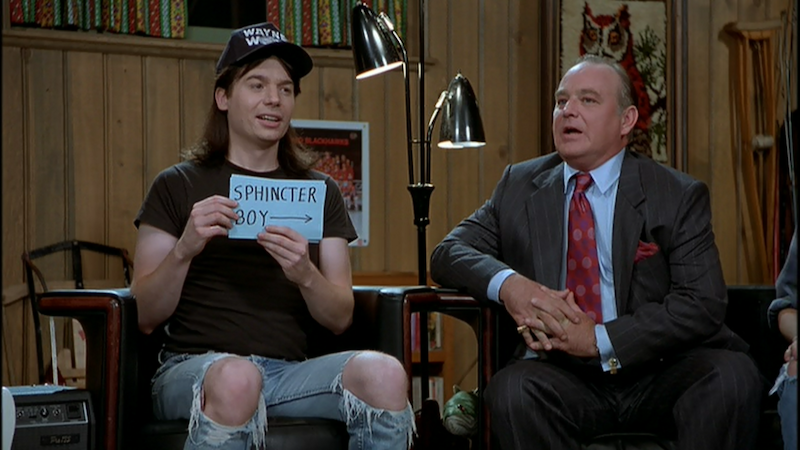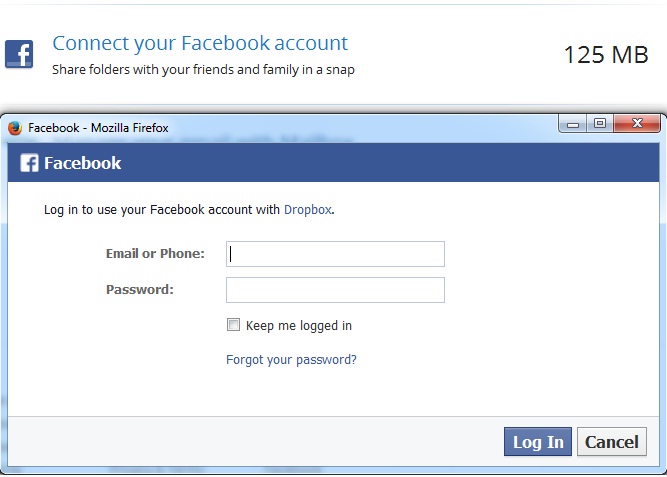
Have you ever heard of the “breaking the fourth wall” concept? It’s an acting term that refers to the moment when a performer stops reciting their lines and talks directly to their audience. At that time, an actor or actress crosses an imaginary line and turns their audience into participants in their show.
When you think about it, every business needs a “breaking the fourth wall” moment (or a series of those moments) when it comes to winning their first crop of loyalists. Every social entrepreneur must truly destroy the wall — no matter how thick it may be — between them and their targeted consumers. They must zero in on actions that directly motivate “red-hot” individuals to buy into their business, turning leads into loyalists.
But you know that the best startups and companies have won followers by finding a successful way to break the wall. Here are some examples of these “wall-breaking” moments as well as tips on how you can dramatically reach your target customers.
Introduce Interesting Icebreakers
It’s common knowledge that icebreakers are activities that start conversations between people. Why not use an icebreaker to find out information about your target consumer and gather opinions about your product?
The biggest businesses solicit feedback from their prospective customers (whether niche or general) about their product to make sure it a market-fit item. We’ve heard Ryan Holiday — part-bestselling author, part-media strategist, part-growth hacking superhero — give some great talks about the value of testing your products before introducing items to the market. And earlier this year, GoDaddy even came out with the Flare app to get users to offer their thoughts on new business ideas by answering yes or no questions about it.
There are several methods for getting valuable feedback, and you can find creative ways to gather intel about your product. I’m talking about taking some cues from the acting world and breaking out the icebreakers.
Let’s quickly look at one epic movie that broke the ice with its audience: “Wayne’s World.” The bonafide cult classic featured the grunge-loving, long-haired duo of Dana Carvey and Mike Myers having hilariously presented different endings for the film. But they took it a step further and asked viewers to decide which ending that they liked the best.
After one of the endings rolled across the screen, the duo came on screen and offered some funny banter on their favorite finale for the film. Garth, played by Carvey, says, “As if!,” referring to the ending. Myers’ Wayne replies, “As if we’d end the movie like that!” Then Garth says, “Let’s do the Scooby Doo ending,” and Wayne responds, “Good call.” Myers and Carvey’s breaking of the fourth wall was clever in that is was like a game for viewers – one that many played with the 1992 movie having grossed 183.1 million at the box office!

You don’t have to create a movie about your business idea to break the fourth wall, but you can test out some fun icebreakers with your leads, which you can find in a number of ways. Perhaps you start a group on Meetup.com around your business idea, inviting others to belong to your “online tribe.” But you really want to focus on getting the conversation going and growing around your product using your chosen online platform, communication channel or meetup method.
The purpose of using open-ended icebreakers to start this conversation is two-fold: you want to find out information about your potential customers that help with building on your buyer personas as well as get that game-changing feedback about your product to fix what may be wrong about it.
Here’s a quick look at what to do:
- Search the internet for some icebreakers that are engaging, entertaining and memorable. Also, you should find ones that fit well for your chosen communication channel or platform: an activity encouraging physical movement along with dialogue won’t be effective unless it’s a real-life, in-person meetup with your targeted customers. You may want to come up with original icebreakers, too.
- Test those icebreakers out one-by-one as fun ways to connect with your prospects, who you want to remember their experience with your company. You should live in the moment when gathering feedback and learn about your buyers, so you can truthfully respond to your customers.
- Please record and keep track of data and analytical findings of your product and buyer using an easy-to-navigate software program. You can go through the data to identify common trends, themes or patterns to consider in making your product truly market fit. You want to really fix what needs fixing here and run with what works, using the icebreakers as well as other research to get your product right for your targeted consumers.
While going through this process, please remember that time and opportunity are like audience members. You can win over time by introducing your product full-scale right when your leads need it, and you can win over opportunity when your prospective customers are completely open to all that your business wants to give them.
Script Your Scalability
As a business, you have to plan for growth — that process of having a larger and more powerful presence with consumers. Uber has a business relying on people as partners: they created a pathway for bringing everyday individuals on board to drive cars across major metropolitan cities to pick up passengers who can order a ride with the quick tap of a button. This process is a grassroots snapshot of what success — based on scalability — essentially looks like on a day-to-day basis at Uber (excluding the corporate side of the business).
We can’t think that the great marketing gurus skipped coming up with a script for what their company’s success would look like before it became a reality. After you create a market-fit product and have assembled your first crop of consumers who have provided feedback, you can create a truthful story about that early success and enlist the help of those prospects to tell the
story to the world. It’s like coming up with a script or play to perform for others to win rave reviews.
But you are not creating anything fake, but authentically telling your actual story with the kind of presence and power that a producer would make sure a movie or play brings to the stage.
Bringing prospects into your “production” will help you make those consumers feel more like participants or partners in your business like Uber, strengthening their connection to your company early on in your growth process.
Also, you can win more leads that can become loyalists by showcasing the “lines, body language and actions” of the consumers that have already helped you with feedback about your product via a video.
Here’s how to get off to a good start:
- Determine how you will make the ask your consumers to broadcast their feedback: what language or special messaging will persuade them to say yes?
- Decide if you will you offer an incentive or some sort of ROI for those people who help you further with getting your early success story out to the world.
- Figure out how you want to document your early successes: an online blog attached to your website? Facebook Live videos? Series of funny emails or live streaming of testimonials? Your stage may change depending on how your story grows and that’s okay — be open and flexible.
If you’re looking for inspiration, then visit the Instagram page of fitness influencer and personal trainer Kayla Itsines. She honed in on a way to tell the story of her “get-fit” business with a visual script on her page, which has 5.9 million followers. Posting before-and-after photos of users that tried out her fitness program is a storytelling tactic, allowing her followers to feel part of her all-important narrative. She got her “show” going, thriving and gaining an audience. What a good example!

Strategize “Driving Events” For Turning Consumers/Leads Into Loyalists
A “driving event” refers to an action that drives a scene forward in acting. But what kind of action can help turn leads into loyalists when it comes to marketing?
Dropbox introduced a good “driving event” as an example: they gave a 125 MB increase of cloud storage space on their platform to customers for following them on Twitter and connecting on Facebook. The Dropbox team built this growth hack into their customer setup/onboarding process, allowing them to give a big reason to their consumers to keep coming back and using
their platform (as well as refer others to do so.) And that’s just one example, they also offer a big chunk of space to anyone that refers a friend.

This loyalty-building move, among other actions that Kissmetrics blogger Zach Bulygo assessed in an overview of the company’s growth hack techniques and takeaways from it, helped the company acquire customers to scale and achieve a $10 billion valuation in 2014. As of December 23, 2016, the company has 4.58 million Twitter followers.

With Dropbox’s driving events, the company drove their leads to make a loyalty investment. The business-focused only on the pursuit of actions: specific acts done by the company that promoted customer reactions.
Here are two things to think about when coming up with a “driving event”:
- Think about the kind of experience that you want to create for your “driving event” and benefit that you want to offer potential loyalists. You can think like an actor in terms of deepening your connection with your product like a performer connects with a character. Think about how you would incorporate your product into your daily life and what experience would incentivize you to use the product. But also run through a few scenarios of the present circumstances that your customers live with (some insights that you should have gathered during the icebreakers phrase) so you can offer something to help as many of them as possible. The more you understand, observe and visualize about your consumer, the more effective your driving event and incentive will be in getting them to use your product over and over again.
- Brainstorm easy-to-incorporate events that support that experience and offer those benefits. Make sure that the events will help you scale without shelling out a major amount of ad spend. In other words, be mindful of your company’s bottom line!
You can make sure that your “driving events” become part of a routine of discipline, training your company to challenge itself with topping each event. Treating the execution of these events as a craft says that you mean business and care about your consumers.
After all, if you want loyalists, you have to learn to regularly exercise your loyalty.






